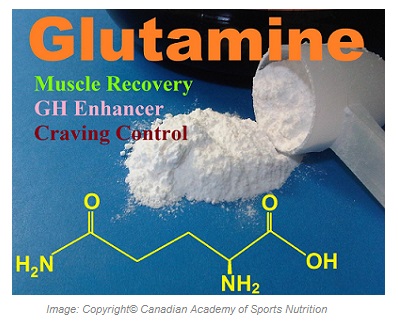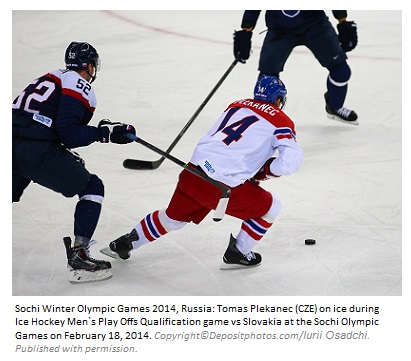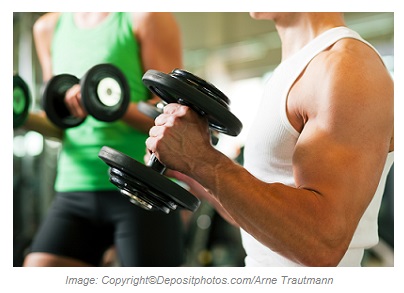Glutamine, the most plentiful amino acid in the body, is a nonessential amino acid.  The majority of glutamine is made in the muscles. That glutamine is a GH-releasing agent has been proved, but the exact mechanism remains unknown.
The majority of glutamine is made in the muscles. That glutamine is a GH-releasing agent has been proved, but the exact mechanism remains unknown.
Like arginine, glutamine is a multifunctional amino acid. It can increase the number of cells defending the body against infection.
Strenuous exercise and hard training raise the body`s stress levels. As a result, glutamine storage of the body depletes, the concentration reduces, and the amount needed for the gut increases. In this situation, diet cannot meet the increased demand for glutamine. So it must be taken in an external form. Glutamine is called a conditionally essential amino acid, because the body may not be able to produce the required amounts during stressful conditions.
Glutamine, by converting to glutamic acid, has a role in mediation of glutamic acid and gamma aminobutyric acid (GABA)—the two factors essential for the brain to function smoothly. That is why glutamine is known among athletes as a “concentration-enhancing amino acid”.
As you grow older, glutamine can give you an edge by promoting growth hormone production and by boosting up immunity. Glutamine can readily pass through the blood brain barrier into the brain, where it may act as a neurotransmitter, increasing mental alertness. It seems that this effect of glutamine would be beneficial for some athletes, such as those in archery and shooting and for chess players who need the ability to concentrate intently. It also helps elderly people.
Glutamine also has an anti-catabolic effect, meaning that it prevents the break down of muscle  fibers and proteins following hard training. This reduces the incidence of overtraining syndrome, a condition that occurs during the post-exercise period of strenuous training done by endurance athletes such as cyclists and runners. Overtraining syndrome or burnout causes athletes to feel severe exhaustion, lose their temper, suffer a loss in physical performance, and sharply increase their risk of sports injuries. Glutamine can prevent burnout by its anti-catabolic effect. As well, glutamine reduces the negative impact of cortisol. Following the high-intensity training sessions, the stress hormone cortisol rises, which in turn suppresses the immune system and increases the risk of sports injuries. Glutamine neutralizes the cortisol through its anti-catabolic effect. Glutamine can also be used during the post-exercise period or between intervals of the events to recover and rebuild energy sources. Sports competitions, particularly the international events, put athletes under stress. During times of stress, the most commonly used amino acid by the body is glutamine. That is why it is called “stress-counteracting” or so-called “anti-stress” amino acid. The more glutamine the body has available during stress, the better it can cope with stress.
fibers and proteins following hard training. This reduces the incidence of overtraining syndrome, a condition that occurs during the post-exercise period of strenuous training done by endurance athletes such as cyclists and runners. Overtraining syndrome or burnout causes athletes to feel severe exhaustion, lose their temper, suffer a loss in physical performance, and sharply increase their risk of sports injuries. Glutamine can prevent burnout by its anti-catabolic effect. As well, glutamine reduces the negative impact of cortisol. Following the high-intensity training sessions, the stress hormone cortisol rises, which in turn suppresses the immune system and increases the risk of sports injuries. Glutamine neutralizes the cortisol through its anti-catabolic effect. Glutamine can also be used during the post-exercise period or between intervals of the events to recover and rebuild energy sources. Sports competitions, particularly the international events, put athletes under stress. During times of stress, the most commonly used amino acid by the body is glutamine. That is why it is called “stress-counteracting” or so-called “anti-stress” amino acid. The more glutamine the body has available during stress, the better it can cope with stress.
Non – Athletic Benefits of Glutamine:
Glutamine may benefit the following conditions:
- Craving for alcohol.
- Craving for sugar.
- Diarrhea.
- Alcohol withdrawal support.
- Wound healing support before and after a surgery.
- Gastritis.
- HIV support.
- Inflammatory bowel disease (IBD).
Dosage of Glutamine:
The dosage of glutamine used varies extensively and ranges from 0.05 to 20 grams. For non-athletes, 2 to 5 grams of glutamine is recommended at bedtime. The recommended dosage for athletes is 5 to 15 grams a day. Certain athletes take 20 grams of glutamine to boost their GH release. It is suggested that athletes to use glutamine in divided doses: 5 grams before sleeping and 5 grams before or after working out, before a work out for endurance athletes and after for strength athletes.
Oversupplementing with glutamine has negative effects. It increases the ammonia and  urea load of the body. Urea is the final product of protein metabolism and needs to be excreted by the kidneys. So glutamine overdosing increases the workload of the kidneys.
urea load of the body. Urea is the final product of protein metabolism and needs to be excreted by the kidneys. So glutamine overdosing increases the workload of the kidneys.
Glutamine is not recommended in the following conditions:
- Impaired function of the kidneys.
- Diabetes.
- Liver disease.
- Cancer being treated with chemotherapy.
- Ice Bucket Challenge Disease (ALS; Amyotrophic Lateral Sclerosis).
- A history of hypotension (decreased blood pressure) attacks.
- Crush injuries.
- Severe burns.
- Extreme bleeding.

